Business Owner – Are You Personally Liable?

This is one of my favorite topics. Or rather, it is one of the topics that I spend time researching. I am worried about busy business owners being held personally liable for not taking steps they should have taken to protect the business.
As we reach the end of 2020, the pandemic is absolutely raging. Cyberattacks threaten our government and a number of major U.S. corporations. The threat of lawsuit is more critical than it’s been in all the dozen years I’ve been maintaining this blog!
And as a business owner, your threat of being sued continues to intensify.
You could be sued by employees or customers who claim they got sick in your establishment. You could be sued by customers or shareholders who claim you didn’t protect confidential data. You’ve heard this saying: “You can be sued by anybody for just about anything.” Well, it seems true.
We are not lawyers. We aren’t saying you will get sued. We can’t keep you from being sued and we can’t help you if you do. Our goal is to raise some of the important preparedness issues that may serve to protect you. For sure, these are issues you need to be aware of.
It all starts with “The Prudent Man rule.”
The concept of “the prudent man” (or more likely today, “the prudent person”) is well established in the world of finance. It says that if an incident occurs, a money manager will be examined to see if he or she made the decisions that “a prudent man in the same position with the same training would make.” Often, those prudent decisions are closely tied to what might be considered “best practices.” If best practices have NOT been followed, then that manager might be held personally liable for negligence.
Today, the prudent man rule is being expanded.
This means your problems may be expanding, too. Three examples with important questions . . .
- With cybercrime increasing exponentially, what are considered “best practices” for information, cyber and network security continue to evolve. Are you keeping up with other “prudent people” in your industry as regards information security for your business?
- With health policies changing rapidly (even erratically) as a result of the coronavirus, is your business keeping up with regulations from OSHA, your state, county or city? Are you taking and documenting the steps that a prudent person in your similar business situation would take?
- Given this year’s economic upheavals, not just from the pandemic but from storms, wild fires and other disasters, have you updated your business continuity plan to include coping with all likely disasters? (Was “pandemic” even included in your previous plan? Have you included it in your updated plan?)
If your answer to any of the questions above is “No,” you could be personally liable if your business gets caught up in a lawsuit!
Unfortunately, keeping up with industry “best practices” isn’t easy. Here at Emergency Plan Guide we regularly attempt to bring readers’ attention to business-related issues, including those associated with cybercrime and even public health policies. Since we’re not specialists in either of these areas, this sort of information is tough to stay on top of. We do what we can.
However, we do feel confident reminding all our readers about building and updating their business contingency plans.
It’s an ongoing effort. Just like individual families, some businesses have an “exit plan” aimed at getting employees out of the building in an emergency. (OSHA requires such a plan if you have more than 50 employees.) But at least half of small businesses have no workable plan for getting back to work following an interruption. Even fewer — only about 30% — have even consulted with an insurance agency about business interruption insurance.
An emergency exit plan may save lives, but, the lack of Business Continuity and/or Disaster Recovery Plan means that there may not be a company to come back to. In that case, everybody loses . . . employees and their families, owners, investors, creditors and customers.
No-cost or low-cost help is readily available.
If you are concerned about being personally liable because your business doesn’t have a reasonable business continuity plan, you can start putting the pieces in place using some or several of these resources.
- Many cities, in conjunction with FEMA and other local organizations, offer the Community Emergency Response Team (CERT) training to residents, businesses and employees of businesses to help save lives and property in a disaster. Most classes are free and some actually issue equipment to aid in light search & rescue, triage, etc. (Lots more about CERT here.)
- The American Red Cross offers classes and online information. Look at www.redcross.org.
- The Small Business Administration provides an online guide for drafting a business continuity plan.
https://www.sba.gov/content/disaster-recovery-plan - The Insurance Institute for Home and Business Safety® offers a guide to help small businesses stay open, called OFB-EZ. (“Open For Business – Easy”)
- Many insurance companies offer documents and assistance in evaluating risk and risk mitigation efforts before helping you purchase any business interruption insurance. Start with a conversation with your own property insurance carrier.
Taking advantage of these services should be the logical first step for the “prudent” business owner. When you’ve done some research, or it you want to get right to creating your plan, consider our book:
Emergency Preparedness for Small Business
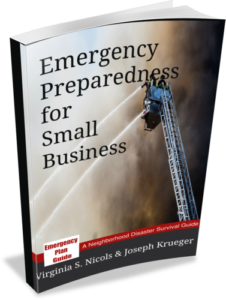
We wrote this book for the busy, DIY business owner who isn’t ready to hand over planning to an outside consultant. The book trusts in-house expertise to build your plan and give employees “ownership.” Joe’s military experience led him to come up with the “file folder” approach that is so easy to delegate!
If you’ve been with us a while, you’ll recognize our straight-forward, step-by-step approach in Emergency Preparedness for Small Business. Plus there’s a companion WORKBOOK that will make it even easier for you to get started on your small business continuity plan. Click the links to go directly to Amazon for full details.
The resources listed here may not cover everything the business needs, but with them you will have made a solid start. Use your own industry experts to fill in any blanks about current “best practices.”
Going back to the Prudent Man rule, it says that a person making decisions for others can’t simply rely on what he or she knows. The Prudent Man will be held accountable for what he SHOULD know.
Don’t get caught on this one!
Joe Krueger and Virginia Nicols
Your Emergency Plan Guide Team


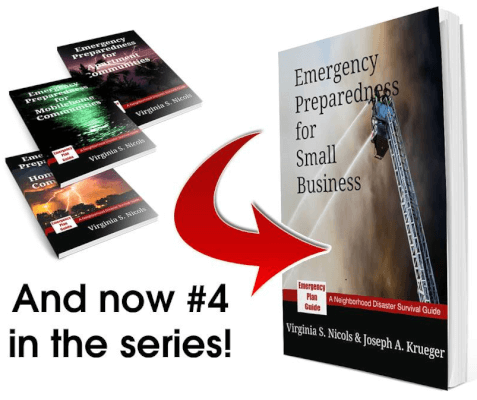

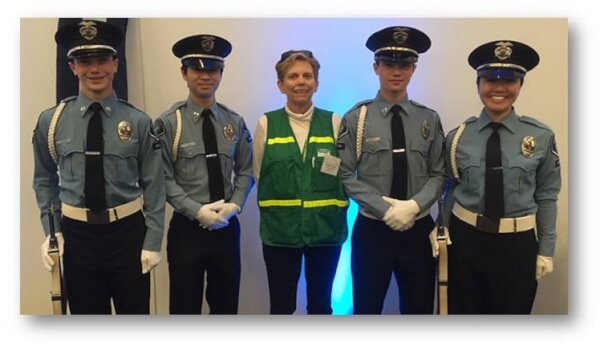
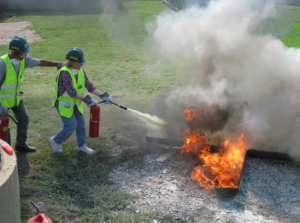
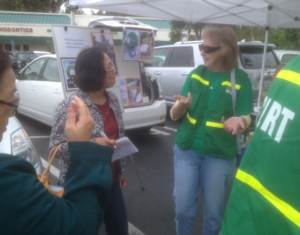
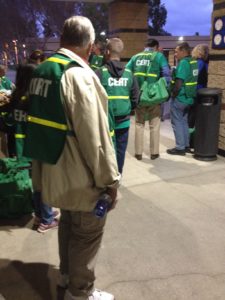


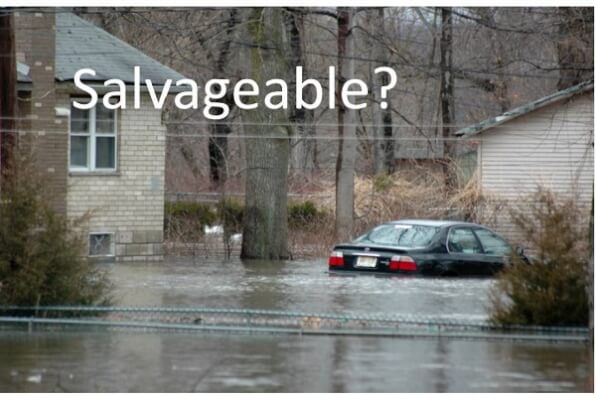
 Do you fall into that 45% of Americans (or 32% of Britons) who routinely make New Year’s Resolutions? And how about your success rate? Is it around the average 8%?
Do you fall into that 45% of Americans (or 32% of Britons) who routinely make New Year’s Resolutions? And how about your success rate? Is it around the average 8%? All ready for the holidays?
All ready for the holidays? Last week we attended a business expo: 1,000+ people talking, laughing, and sharing their business ideas. Energy and American ingenuity on display!
Last week we attended a business expo: 1,000+ people talking, laughing, and sharing their business ideas. Energy and American ingenuity on display!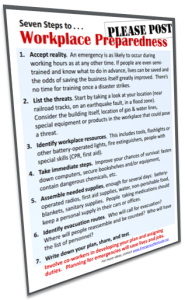
 Tragically, there were deaths as a result of the weekend’s blizzard – mostly from car wrecks, some from heart attack. And the flooding in New Jersey apparently took some people by surprise.
Tragically, there were deaths as a result of the weekend’s blizzard – mostly from car wrecks, some from heart attack. And the flooding in New Jersey apparently took some people by surprise.


 You’ve seen the stats here before. Check out numbers from a June 2015 Nationwide Insurance survey:
You’ve seen the stats here before. Check out numbers from a June 2015 Nationwide Insurance survey: The truth is, there are warning signs for nearly all these acts of violence. When we look back, we almost always find a trail of anti-social or illogical behavior.
The truth is, there are warning signs for nearly all these acts of violence. When we look back, we almost always find a trail of anti-social or illogical behavior.